November was the month when Frankfurt welcomed Formnext, as well as news of research into mesh construction from Switzerland, and an engineer saved his own life with 3D printed molds of his heart.
Swiss research creates steel mesh machine
Swiss researchers working at the “Swiss MIT” created a new technique for concrete construction using robotics and metal mesh. Using a robot arm to knit metal into a grid like mesh the Swiss team created a successful alternative to traditional construction processes. The Zurich based group Gramazio Kohler Research began researching the mesh mold technique in 2012. Work initially began with creating the molds out of plastic. The research is part of the National Center of Competence in Research (NCCR) Digital Fabrication.
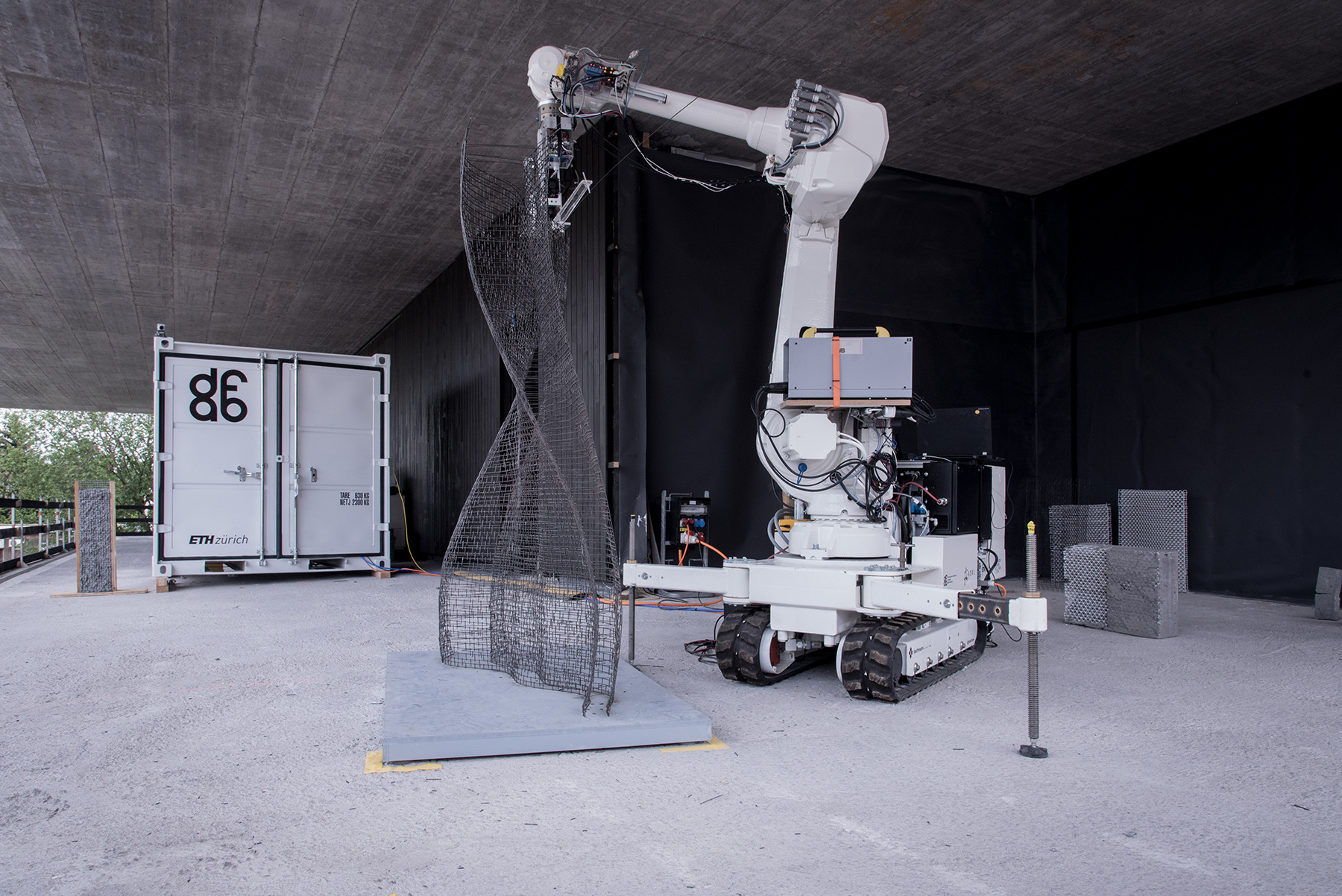
Engineer fixes his own heart with 3D printing
In order to save his life, engineer Tal Golesworthy decided he would not leave his fate in the hands of medical professionals but instead a 3D printed model of his own heart. Using this model Golesworthy was able to create a valve that could be used to prevent his heart from failure. The engineer successfully used the model as a mold in order to map a device that could prevent a valve from his heart from bulging.
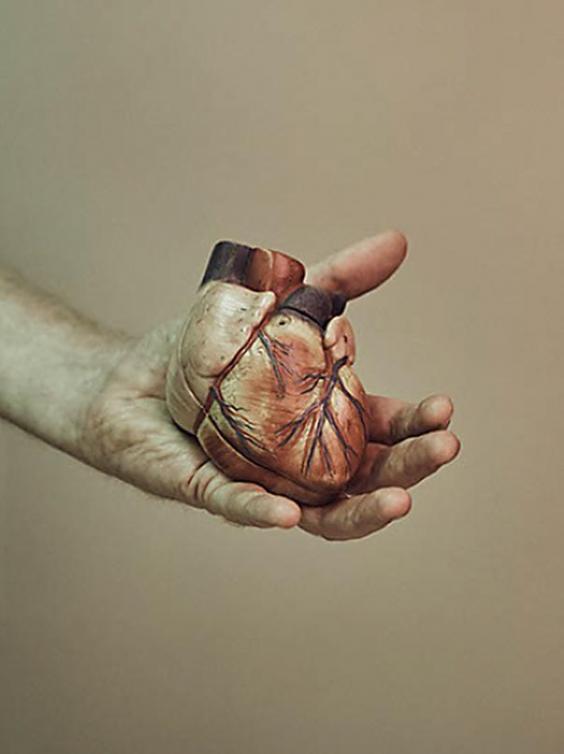
Formnext
The huge 3D printing conference that is Formnext was held in Frankfurt in November. The conference was a festival of 3D printing news and announcements revealing new 3D printing technology. For example 3D Systems displayed an updated versions of their Figure 4 system which was used to 3D print pen-lids and USB flash memory sticks demonstrating the technologies application for light volume batch production. Plans are already underway for a significantly expanded version of the show in 2017.
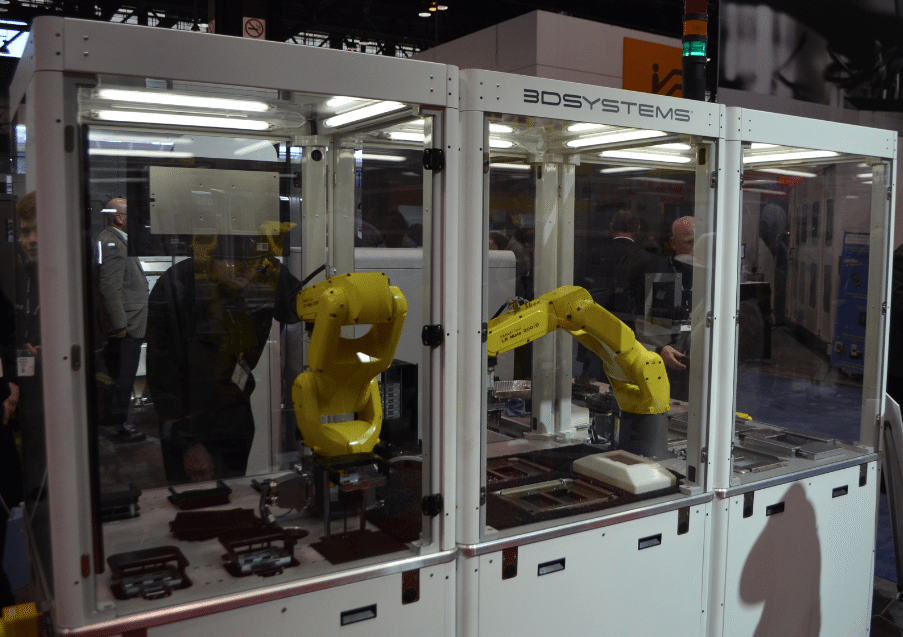
3D printing houses
It was announced in November that construction company Sunconomy were planning to 3D print concrete houses in the U.S. Using a Russian Apis Cor printer, the plan was to print America’s first 3D printed houses out of concrete and donate them to those in need. While being small in size, the concrete houses could be erected for a low price and with very little environmental footprint.
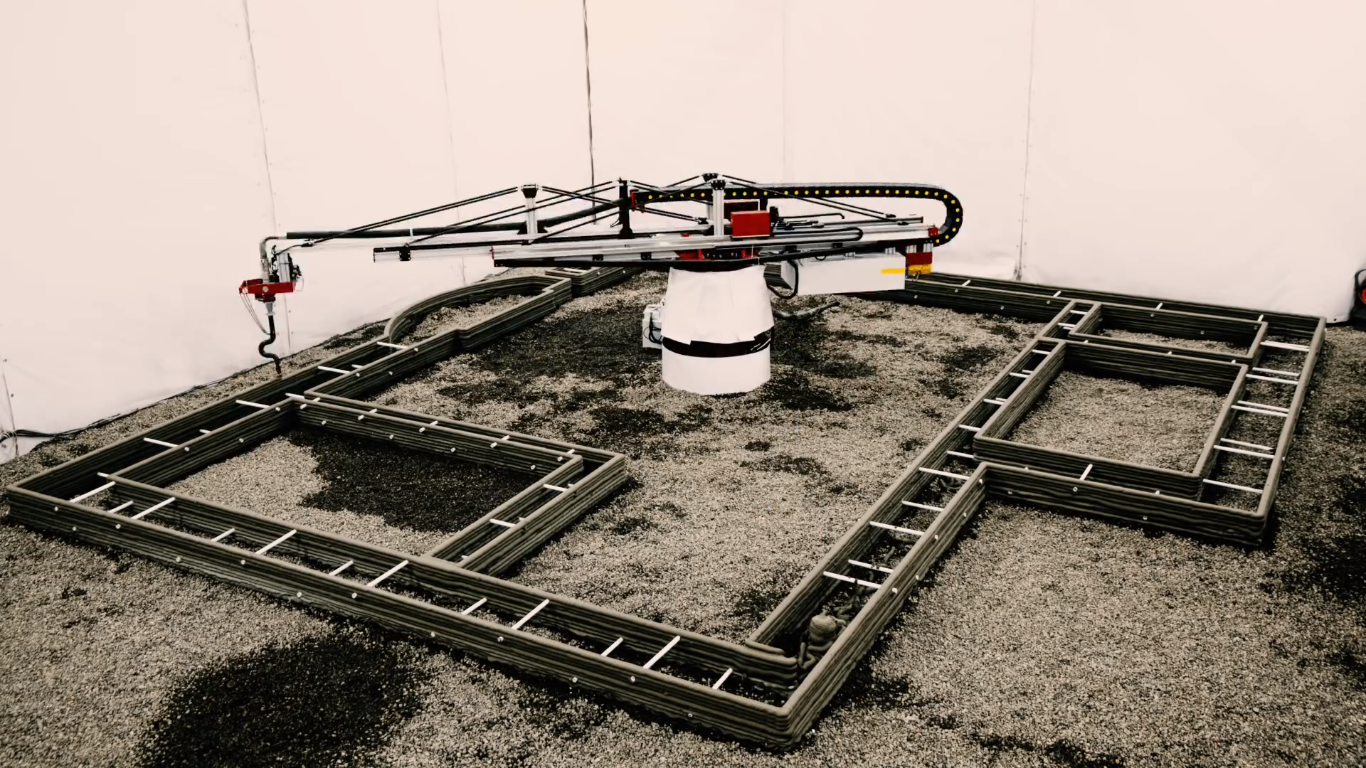
Australia’s new 3D printing biofabrication unit
In Australia, it was announced that the Herston Health Precinct in Brisbane would be the subject of redevelopment in order to create a new specialized biofabrication unit that would model and print materials to be surgically implanted in patients – such as screws, plates and chips for bone-grafts, and eventually tissue and organs made from the patient’s own cells.
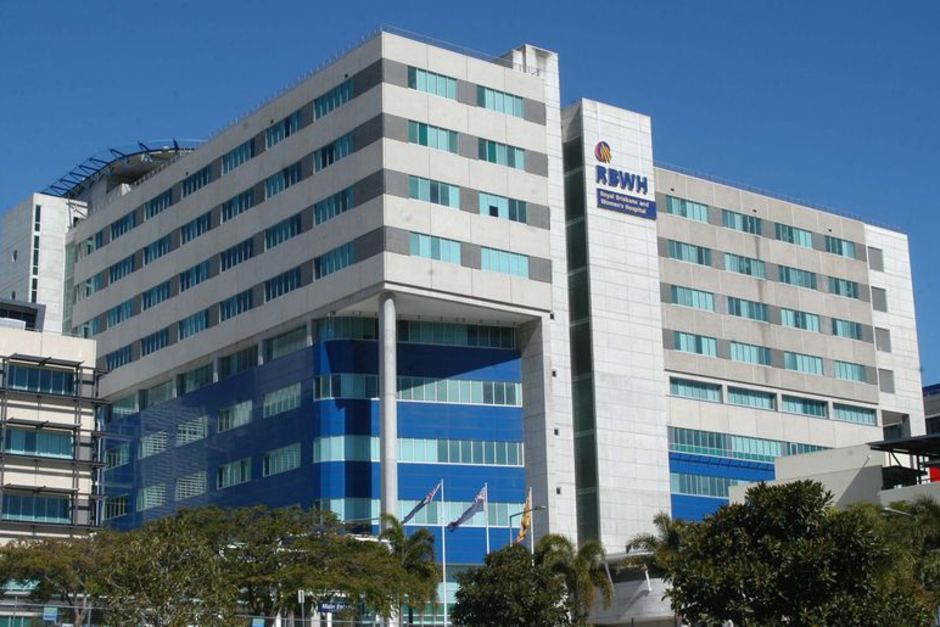
Vote for your favorite 3D printing tech from November in the 3D Printing Industry Awards.
Featured image of Messe Frankfurt the venue hosting Formnext 2016. Photo by Michael Petch for 3DPI.



